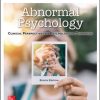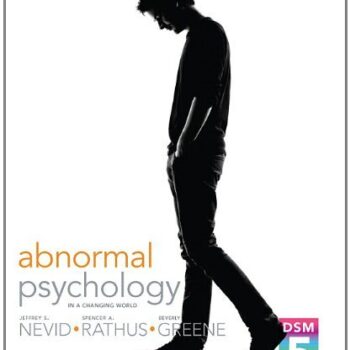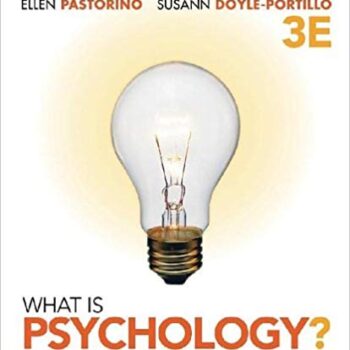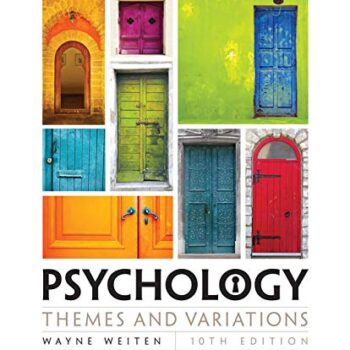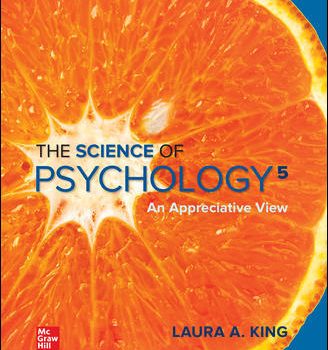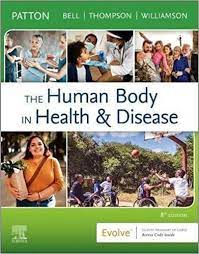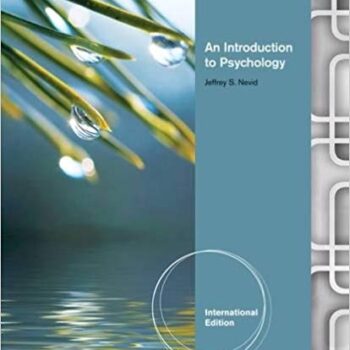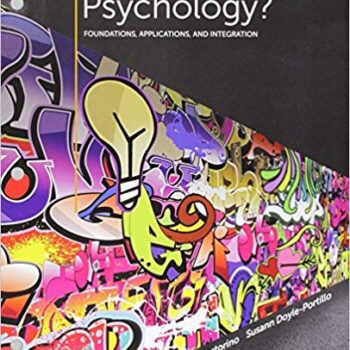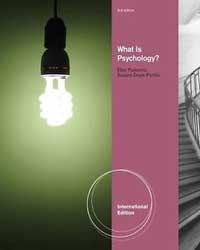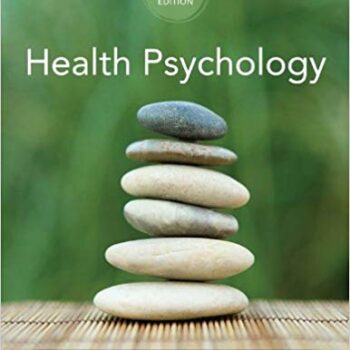Welcome to our Test Bank for Abnormal Psychology and Life: A Dimensional Approach 3rd Edition by Chris Kearney. This test bank serves the purpose of enabling students to do well in their psychiatric papers through necessary provision and assistance.
Why Select This Test Bank?
Test Bank for Abnormal Psychology can be useful both to students as well as instructors. The students will have different types of questions for example, multiple choice, true/false, and fill-in-the-blank. Such types of diversity would assist you in getting enough and comprehensive preparation for your exams.
Key Features of the Test Bank
Extensive Content: The test bank contains questions that are based on the chapters from the book. This means you will find questions related to:
- Theories of Abnormal Psychology
- Risk and Prevention of Mental Disorders
- Clinical description and assessment of Mental Disorders
- Anxiety and Trauma-Related Disorders
- Personality Disorders and others.
Easy Access: The test bank commemorates qualitative features of primary texts. Now training using any discipline is step by step easier.
How the Test Bank Helps You
This time let us cover how test bank can help you achieve your target grades.
- Your Standards Will Improve: This logic works with some key principles of learning. Abnormal psychology presents the contexts in which this logic works beautifully.
- It’s Worth It: Why put in the time creating study materials? Lots of time and effort saved, problem solved.
- Study Smarter: If there are some topics you feel that you are not too good at. This makes things easy creating a structured plan of attack.
Summary
Summary in one word psychology. Working with the current edition of Test Bank for Abnormal Psychology and Life: A Dimensional Approach, the 3rd edition is an eye eye-openerere is a story to tell interaction improves memory and interaction is beneficial, improving grades in the process. Whether you want higher grades or a deeper understanding of the course, knowing the material goes hand in hand with both.
Test Bank For Abnormal Psychology and Life A Dimensional Approach 3rd Edition by Chris Kearney
|
1. In the DeShawn case described at the beginning of the chapter, DeShawn, a 21-year-old student, was described as possibly having a series of problems associated with a. cocaine. b. alcohol. c. sex. d. family. ANSWER: b DIFFICULTY: easy REFERENCES: Case: DeShawn OTHER: TYPE: factual |
|
2. The model of mental health that sees varying levels of symptomatology on a spectrum between health and disorder depending on levels of stress and predisposition is known as the a. integrative model. b. medical model. c. psychosocial model. d. diathesis-stress model. ANSWER: d DIFFICULTY: easy REFERENCES: The Diathesis-Stress Model OTHER: TYPE: factual |
|
3. Diatheses are a. solely environmental. b. a result of interpretation. c. genes that control disease onset. d. biological or psychological. ANSWER: d DIFFICULTY: moderate REFERENCES: The Diathesis-Stress Model OTHER: TYPE: factual |
|
4. Which of the following statements is TRUE? a. A diathesis is a vulnerability to a certain disorder, but this does not mean a person will necessarily develop that disorder. b. A diathesis may arise from either a predisposition to a disorder or stress factors, but not a combination of both. c. A diathesis cannot affect a person’s perception of stress, only the level and type of stress itself. d. A diathesis affects only the internal physiological structures of a person, not his or her external behaviors or experiences. ANSWER: a DIFFICULTY: moderate REFERENCES: The Diathesis-Stress Model OTHER: TYPE: factual |
|
5. When DeShawn experiences the strong belief that alcohol will make him more social, he experiences a(n) a. biological predisposition. b. expectancy predisposition. c. psychological predisposition. d. psychosomatic predisposition. ANSWER: c DIFFICULTY: easy REFERENCES: The Diathesis-Stress Model OTHER: TYPE: Conceptual |
|
6. Biological or psychological diatheses do not guarantee one will develop disorders like alcoholism or depression. A diathesis is best understood as a(n) a. vulnerability. b. disposition. c. stressor. d. impulse. ANSWER: a DIFFICULTY: easy REFERENCES: The Diathesis-Stress Model OTHER: TYPE: Conceptual |
|
7. According to the diathesis-stress model, ____ is(are) needed to produce psychological problems. a. a predisposition b. stressors c. both predisposition and stress d. neither predisposition nor stress ANSWER: c DIFFICULTY: easy REFERENCES: The Diathesis-Stress Model OTHER: TYPE: factual |
|
8. According to your text, the combination of ____ and ____ will result in the most symptoms of alcohol abuse. a. predisposition; high-stress b. predisposition; low-stress c. predisposition; moderate stress d. genetic vulnerability; predisposition ANSWER: a DIFFICULTY: easy REFERENCES: The Diathesis-Stress Model OTHER: TYPE: Conceptual |
|
9. Predispositions and stressors, like many human characteristics, a. occur on a continuum. b. are an all-or-none phenomenon. c. are universal for all people. d. can be reduced to CNS activity levels. ANSWER: a DIFFICULTY: easy REFERENCES: The Diathesis-Stress Model OTHER: TYPE: factual |
|
10. Regardless of individual differences, a. outcomes are always predictable. b. predispositions and stress always interact. c. psychiatry will have appropriate medication. d. the levels and magnitudes of factors are unimportant. ANSWER: b DIFFICULTY: moderate REFERENCES: The Diathesis-Stress Model OTHER: TYPE: Conceptual |



